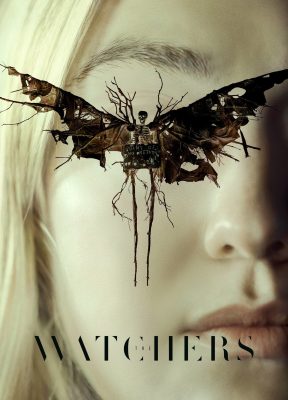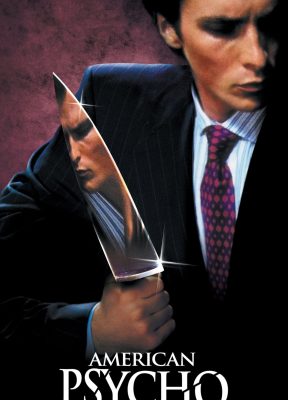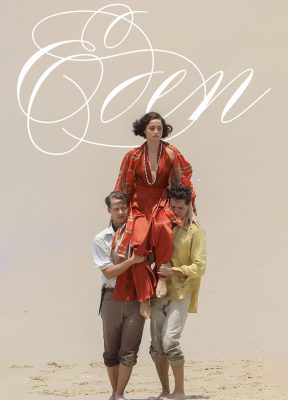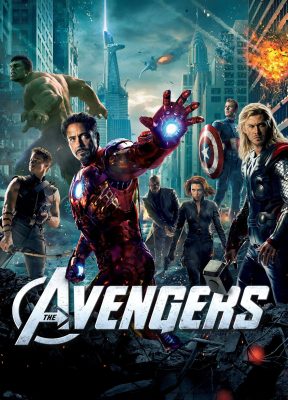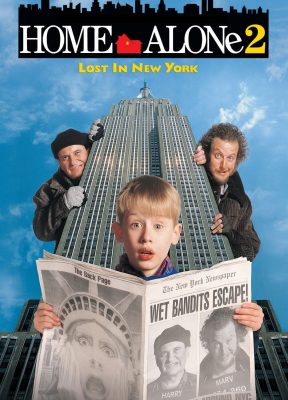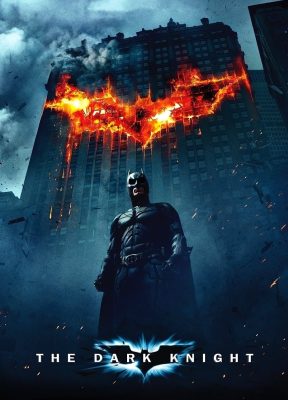
Top 10 Movies That Built a Cult Following
Cult films are the rebels of cinema. They defy box office expectations, polarize critics, and often languish in obscurity—until they don’t. Through midnight screenings, word-of-mouth reverence, or sheer audacity, these movies carve out legions of devoted fans who quote lines, dress as characters, and turn obscure references into shared rituals. Cult classics thrive not because of mainstream appeal, but in spite of it. They speak to misfits, dreamers, and subcultures, transforming flaws into virtues and oddities into art. Below, we count down ten films that transcended their initial reception to become cultural phenomena.
(Spoiler warning: Themes and plot elements discussed.)
1. The Rocky Horror Picture Show (1975)
Director: Jim Sharman

The Cult Factor: No film embodies the cult experience like Rocky Horror. Initially a box office flop, this campy sci-fi musical about a naïve couple (Susan Sarandon and Barry Bostwick) stumbling into a transgressive alien soirée became a midnight-movie staple. Audiences dress as Dr. Frank-N-Furter (Tim Curry), shout callbacks at the screen, and throw rice during the wedding scene.
Why It’s Iconic: Rocky Horror isn’t just watched—it’s performed. Its celebration of queerness, rebellion, and “don’t dream it, be it” philosophy resonated with outsiders. The participatory screenings, running for decades, turned it into a communal rite of passage.
2. The Big Lebowski (1998)
Director: Coen Brothers
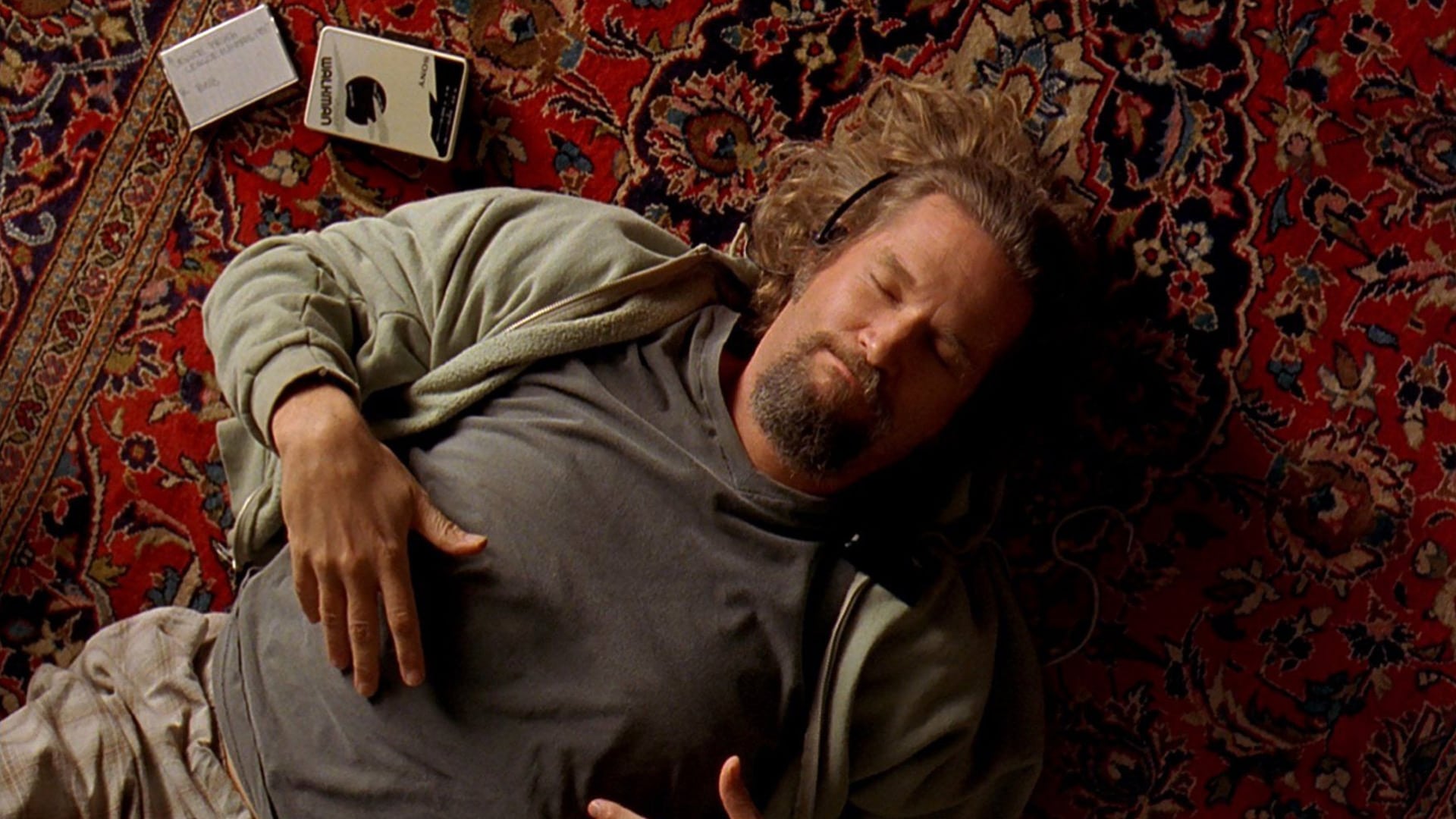
The Cult Factor: Jeff Bridges’ “The Dude” —a laid-back slacker embroiled in a kidnapping plot—was too odd for 1998 audiences. But the Coens’ shaggy detective story, packed with nihilists, bowling rivals, and White Russians, slowly morphed into a religion.
Why It’s Iconic: Lebowski Fest conventions, “Dudeism” (a real-life philosophy), and endless quotables (“The rug really tied the room together”) cemented its status. The Dude’s anti-heroic apathy became a Gen-X mantra, proving that sometimes, you should just abide.
3. Donnie Darko (2001)
Director: Richard Kelly
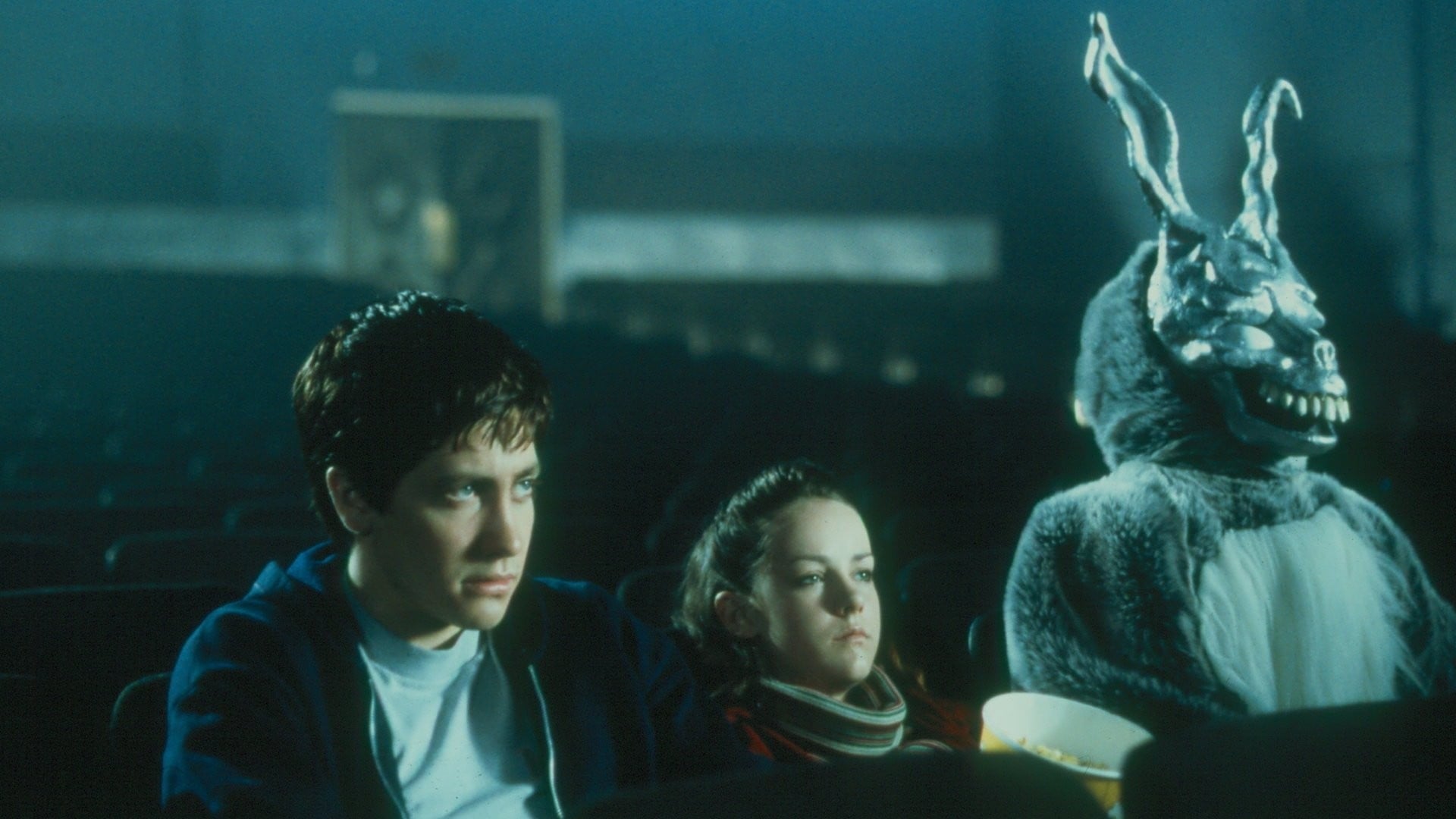
The Cult Factor: This surreal sci-fi drama about a troubled teen (Jake Gyllenhaal) haunted by a demonic rabbit baffled audiences upon release. But its mix of time travel, existential dread, and ’80s nostalgia found life on DVD.
Why It’s Iconic: Donnie Darko’s cryptic plot (“Cellar Door,” anyone?) invited obsessive analysis. Fans dissected its themes of destiny vs. chaos, while the soundtrack (featuring Joy Division and Tears for Fears) became a gateway to alt-culture. Its midnight screenings attract fans in Frank the Bunny costumes.
4. Fight Club (1999)
Director: David Fincher
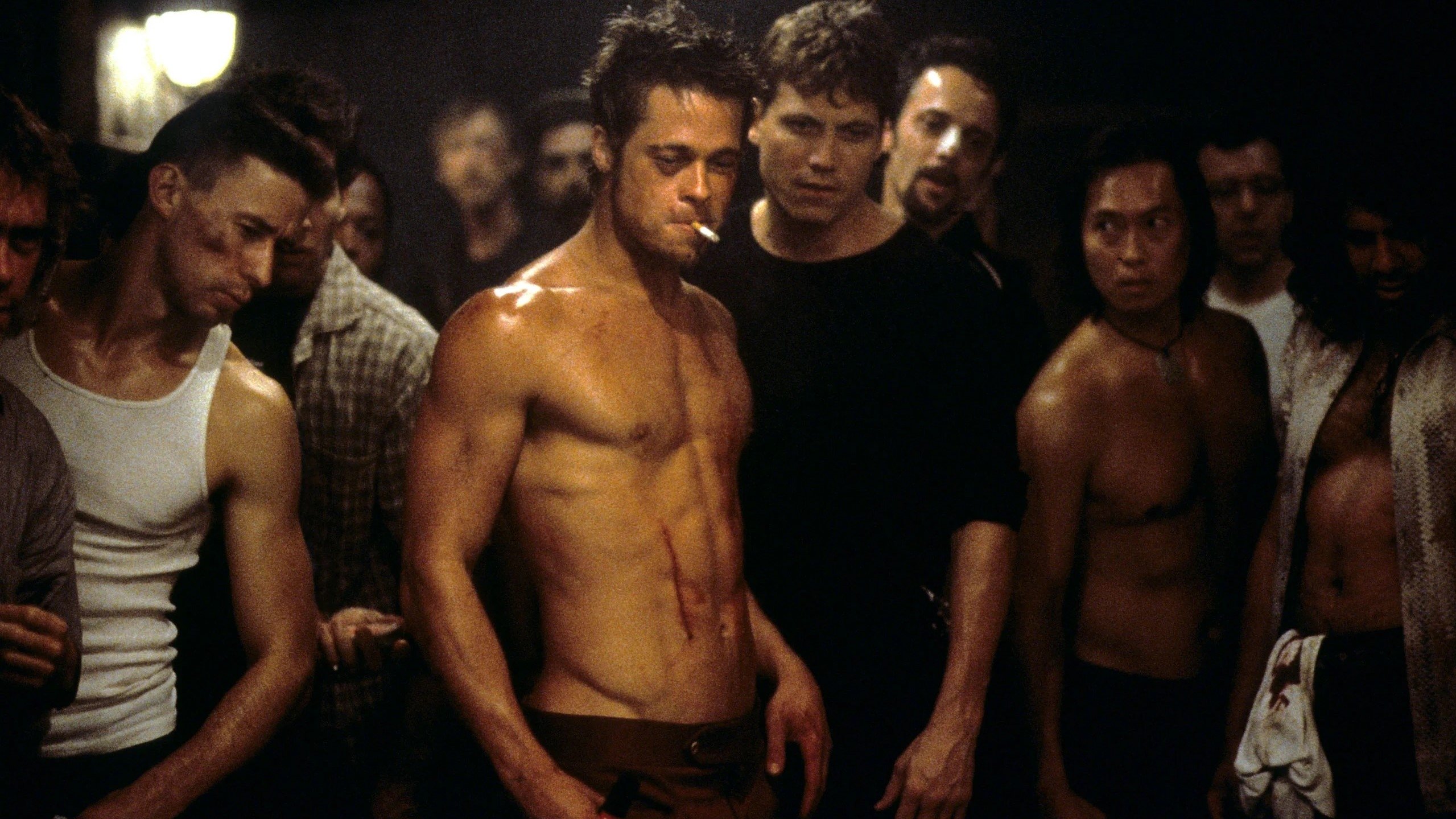
The Cult Factor: Brad Pitt’s Tyler Durden—an anarchist soap salesman—became a countercultural icon, despite the film’s controversial themes. Critics dismissed it as glorifying violence, but its anti-consumerist message struck a chord.
Why It’s Iconic: The twist ending (“We’re the same person”) spawned endless debates. Lines like “The first rule of Fight Club is you do not talk about Fight Club” became anti-establishment slogans. Secret screenings and DIY fight clubs (minus the actual punching) keep its spirit alive.
5. The Room (2003)
Director: Tommy Wiseau
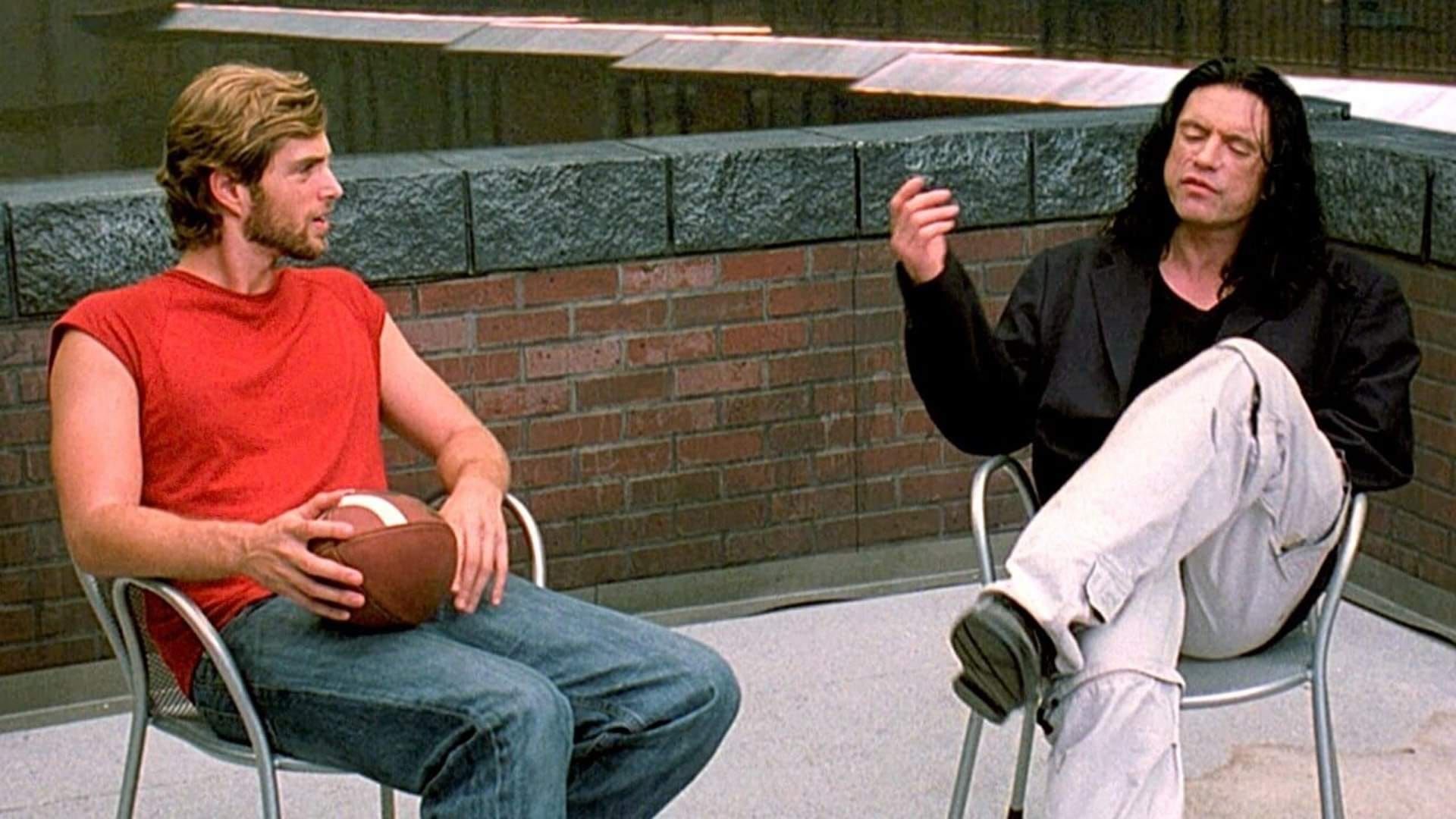
The Cult Factor: Dubbed “the Citizen Kane of bad movies,” Wiseau’s melodrama about betrayal (“You’re tearing me apart, Lisa!”) is so inept it’s sublime. Budgets were blown on green-screen alleys and endless football-tossing scenes.
Why It’s Iconic: The Room is a masterpiece of “so bad it’s good” cinema. Midnight screenings involve hurling spoons at the screen (a nod to framed spoon art) and chanting lines. James Franco’s The Disaster Artist (2017) immortalized its infamy, but nothing beats the original chaos.
6. Blade Runner (1982)
Director: Ridley Scott
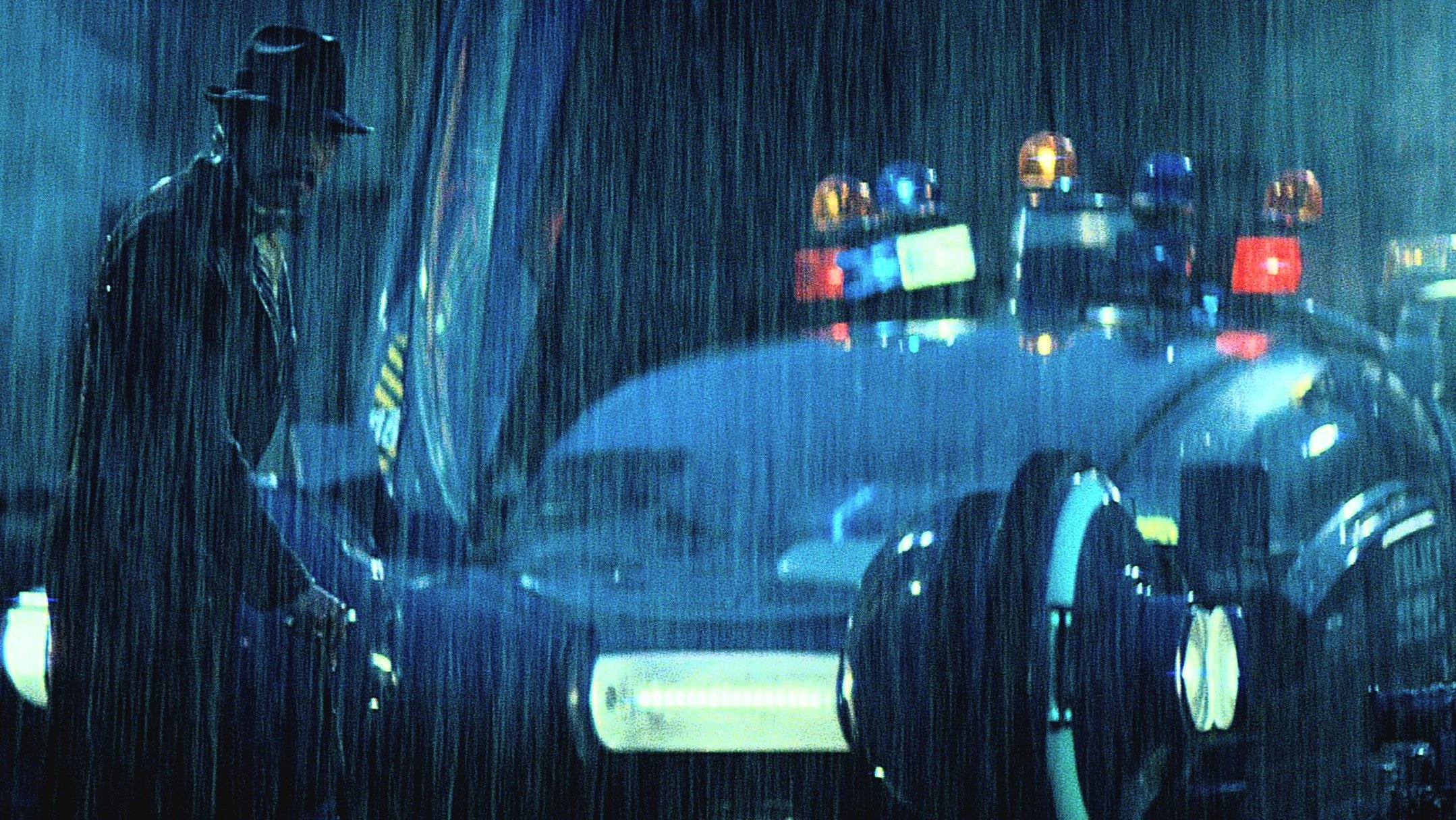
The Cult Factor: This neo-noir sci-fi flopped initially, criticized for its slow pace. But its haunting vision of a dystopian Los Angeles—where replicants question their humanity—gained reverence through director’s cuts and philosophical debates.
Why It’s Iconic: The “Tears in Rain” monologue became a meditation on mortality. Cyberpunk aesthetics influenced everything from Ghost in the Shell to synthwave music. Debates over Deckard’s humanity (“Is he a replicant?”) keep forums buzzing.
7. Office Space (1999)
Director: Mike Judge
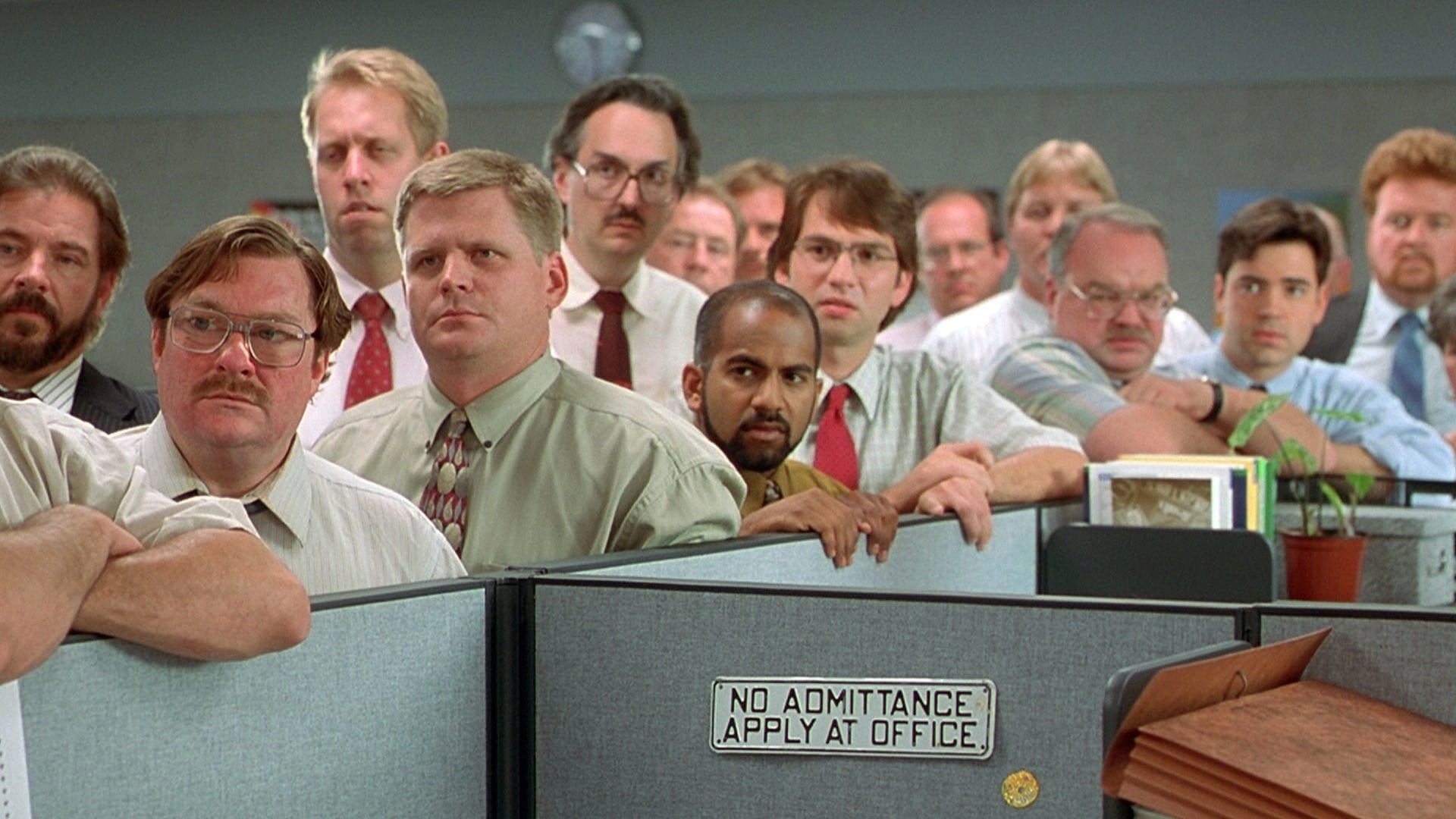
The Cult Factor: Mike Judge’s satire of corporate drudgery—starring Ron Livingston as Peter, a disgruntled office worker—bombed in theaters. But VHS and DVD turned it into a cathartic anthem for cubicle slaves.
Why It’s Iconic: Every line (“I’m gonna need you to come in on Saturday…”), every printer-smashing scene, and every “Damn it feels good to be a gangsta” montage resonated with anyone who’s hated their job. “Flair” became shorthand for meaningless workplace rules.
8. Repo Man (1984)
Director: Alex Cox
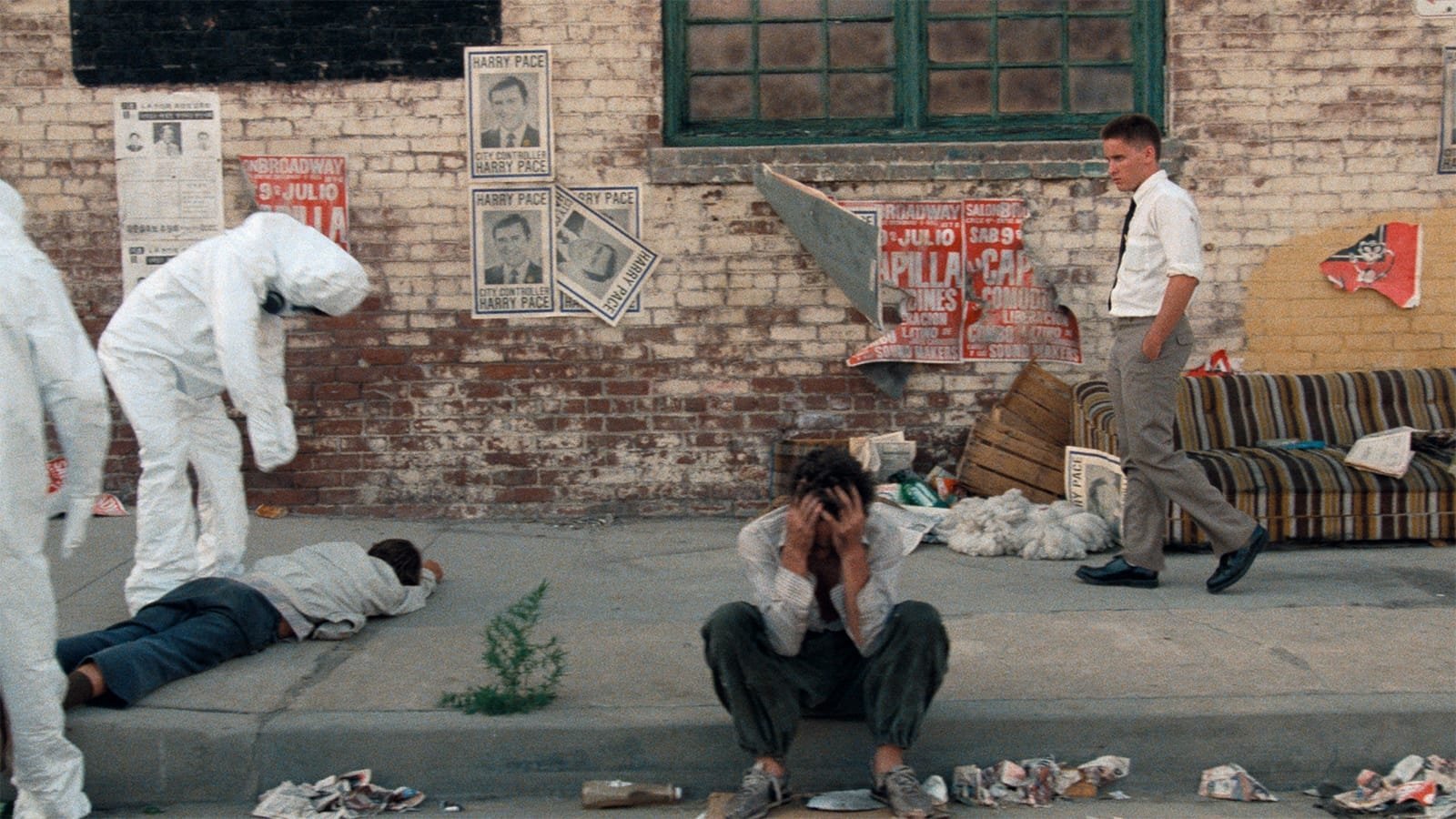
The Cult Factor: This punk-rock sci-fi comedy follows Otto (Emilio Estevez), a repo man chasing a Chevy Malibu with alien corpses in its trunk. Critics shrugged, but its anarchic energy and DIY ethos made it a midnight-movie legend.
Why It’s Iconic: Repo Man’s soundtrack (featuring Iggy Pop and Black Flag) and anti-Reagan era nihilism spoke to punks and misfits. Its mantra—“The more you drive, the less intelligent you are”—is still spray-painted on alley walls.
9. Clerks (1994)
Director: Kevin Smith
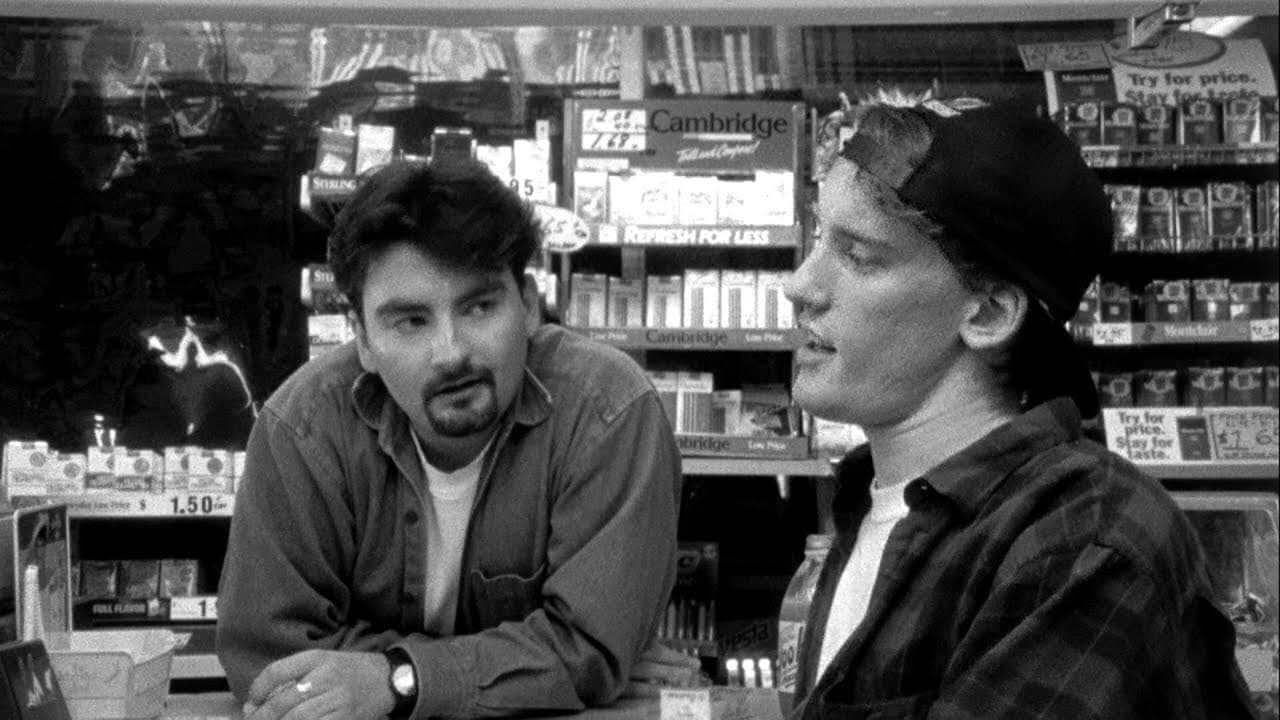
The Cult Factor: Shot in black-and-white on a shoestring budget, Clerks follows Dante and Randal (Brian O’Halloran and Jeff Anderson) as they rant about Star Wars, hockey, and life while working at a convenience store.
Why It’s Iconic: Kevin Smith’s raw dialogue (“I’m not even supposed to be here today!”) and unflinching slacker honesty made it an indie darling. Jay and Silent Bob, the film’s stoner duo, spawned a View Askewniverse franchise. It’s a love letter to dead-end jobs and Gen-X angst.
10. Eraserhead (1977)
Director: David Lynch
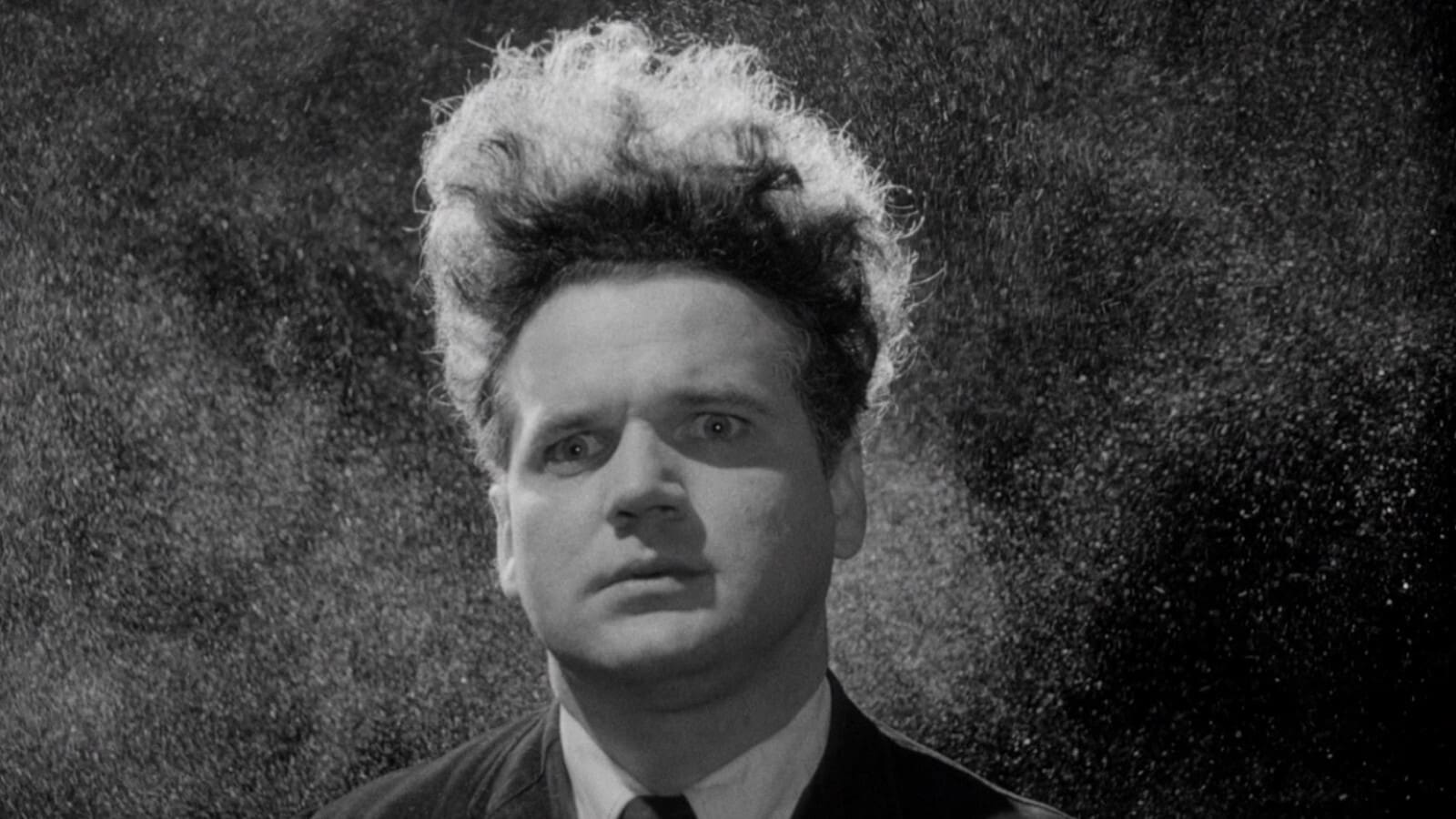
The Cult Factor: Lynch’s surreal debut—a nightmare about parenthood starring Jack Nance and a mutant baby—baffled audiences. But its eerie sound design and industrial hellscape became a midnight-movie obsession.
Why It’s Iconic: Eraserhead is the ultimate cult film: incomprehensible, unsettling, and impossible to forget. Musicians like Marilyn Manson and bands like Nine Inch Nails cite it as inspiration. Lynch fans treat it like a religious text, dissecting its symbolism frame by frame.
